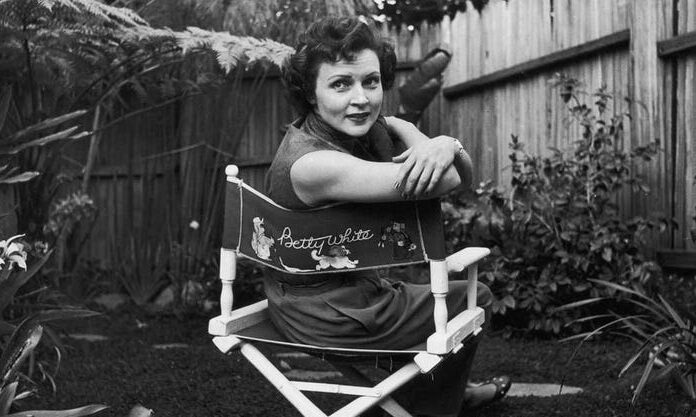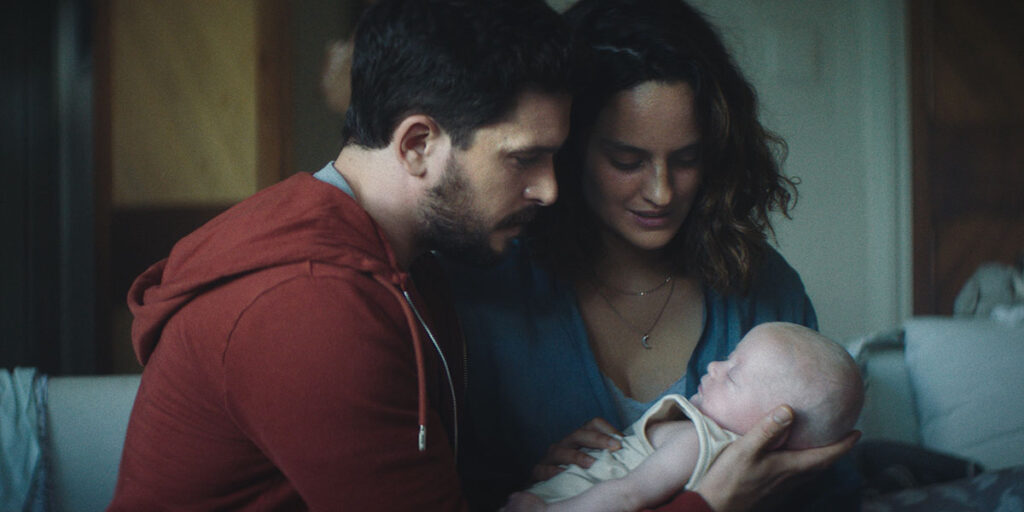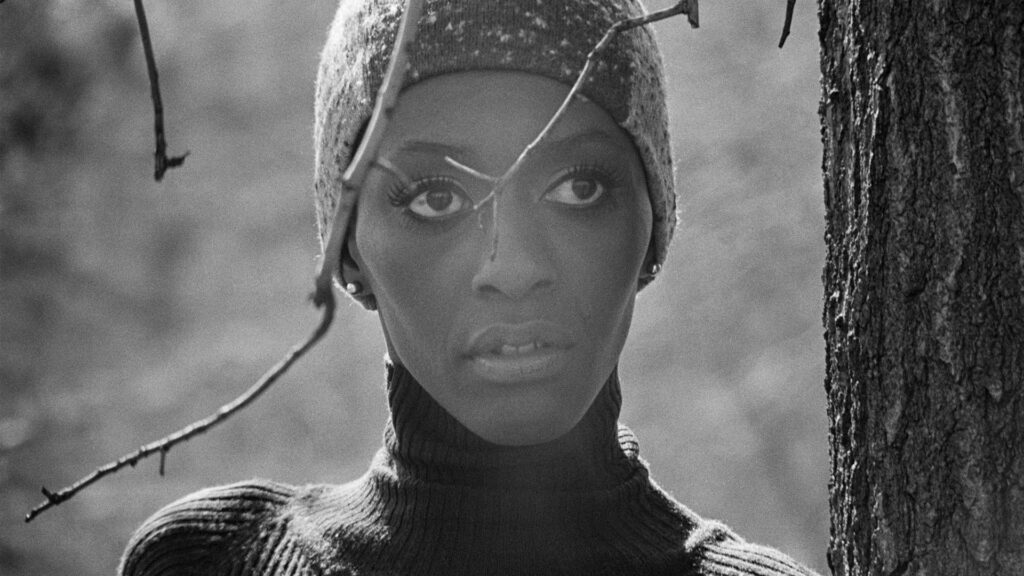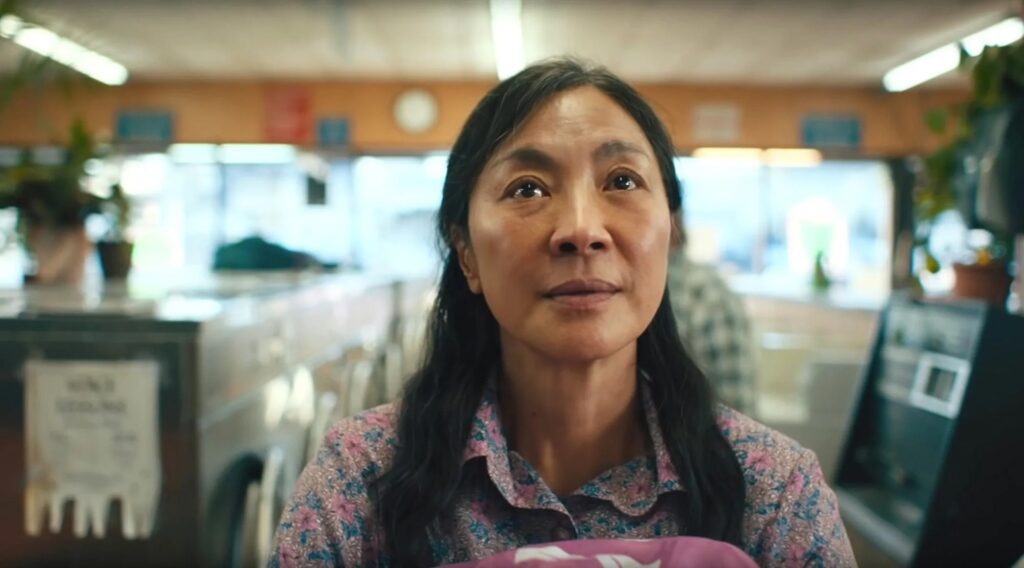The following is adapted from Paula Bernstein’s “How to Be Golden: Lessons We Can Learn from Betty White,” which will be available October 5. Reprinted by permission of Running Press, part of the Perseus division of Hachette Book Group. Copyright 2021 Paula Bernstein.
As a child growing up in the 1970s and 1980s, it felt as if Betty White was everywhere. Given how much TV I watched, she sort of was! Like a fairy godmother of TV, she brightened up every show she appeared on. She quipped with the best of them on “Hollywood Squares,” sang and danced on “The Love Boat,” and embodied the lovably naïve Rose Nylund on “The Golden Girls.”
Though her characters’ innuendos frequently flew over my head, Betty’s underlying humor and kindness shined through. Back then, I had no real sense of her age, but that’s because even then, she was ageless (or perhaps timeless). She typified what it meant to be grownup — if one just happened to have a sparkling personality, a plucky attitude, and a job that involved making people laugh. Whether she was strutting in leather as a “sexy biker chick” in a spoof of “Beach Blanket Movies” on “The Carol Burnett Show” or throwing a tantrum about her “poor soufflé” as “The Happy Homemaker” on “The Mary Tyler Moore Show,” the radiant Betty seemed to be having the time of her life. I didn’t realize that by the time I had “discovered” her, Betty White was already a show-business veteran, having broken into radio and “experimental” TV decades earlier.
Long before future stars such as Carrie Fisher, Jamie Lee Curtis, Nicolas Cage, Angelina Jolie, Lenny Kravitz, and so many other future A-listers graduated from Beverly Hills High School, Betty White made her mark there — back in 1939! Though her father initially wanted her to head to college after high school, Betty was eager to discover the world — and, more importantly, for the world to discover her! At a time when women were largely expected to marry young and start a family, it was bold of Betty to put her career ahead of homemaking and child-rearing. Fortunately, her parents were thrilled with their little girl, no matter what she did. As long as it was big. Three months after her high school graduation, Betty got her first break when she sang and danced songs from “The Merry Widow” operetta on an experimental television show, the first of its kind on the West Coast.
Betty remembered later that she and her co-star wore brown lipstick and white face paint to appear on black- and-white television (this was before color TV was invented!). Television was still such a new medium that nobody knew how to light actors properly, but it was clear that conventional “street” makeup wouldn’t work.
Betty’s parents had to crowd around the display cars in the building’s first-floor Packard showroom to watch their daughter on the tiny monitor because they didn’t have a TV at home. Then again, back then, almost nobody did. This early TV broadcast happened several months before RCA introduced television to Americans at the 1939 New York World’s Fair in Queens. By 1940, only about 10,000 homes had a television. Betty was breaking ground even back then.
Why do we love Betty so? Like a lot of people who love her, I can measure my life through her career. “The Golden Girls” showed up in prime time during my high school years, and I watched with my mother on the comfy leather couch in the cozy wood-paneled den of our suburban home. I appreciated the sassy humor of the “girls,” but they seemed impossibly old at the time. As I edge closer to their demographic, I find them increasingly relatable!
My 16-year-old daughter, Ruby, is now the same age I was when I watched “The Golden Girls” with my mom, and she has a totally different connection with the fabulous Ms. White. Until I recently introduced her to “The Mary Tyler Moore Show” and “The Golden Girls,” Ruby primarily knew Betty from her memorable cameos on sitcoms like “Community” and “30 Rock,” and from animated films like “Dr. Seuss’ The Lorax” and “Toy Story 4.” That’s the thing about Betty White — her appeal is timeless, and we each feel a different connection with her.
Betty came of age before “second-wave” feminism swept the nation’s consciousness in the 1960s. Though she has never identified as a feminist per se, she never let defined gender roles get in the way of her dreams. As one of the first female TV producers, she was excited to be working with one of the first female TV directors, Betty Turbiville, but she never thought of it as a “feminist” issue. “That was so before the women’s movement that I don’t think we even thought of it [as a gender issue],” she said. “It was just you did whatever the job was and whatever job you could get.” She later joked that though she was “completely in a man’s world,” she didn’t think of it in those terms.
Since “The Golden Girls” centered around women’s friendships and broke down stereotypes about older women, you could say the show’s very existence is a feminist statement. With all of the stories revolving around the Girls’ lives, the program passed the Bechdel Test before the feminist gauge was even created. Then, in 2010, at 88, Betty took on the role of Elka Ostrovsky, an elderly caretaker with a checkered history, a love of liquor, and no verbal filter, on the TV Land hit “Hot in Cleveland.” As with “The Golden Girls,” “Hot in Cleveland” also centers around an ensemble cast of “women of a certain age” remaking their lives in middle age and beyond. Both shows were created by women, and never shied from tackling issues related to sex and the older women.
“Whether she claims the title or not, Betty White is a feminist role model,” according to Ms. Magazine’s Audrey Bilger. “Maybe Betty White doesn’t see herself as a feminist, but she plays one on TV.”
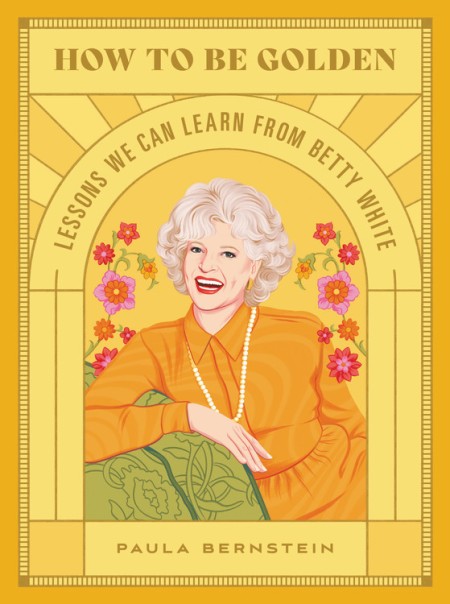
“How to Be Golden: Lessons We Can Learn from Betty White” can be purchased here.
Paula Bernstein is a journalist, author, and filmmaker. She is the author of “Love Is All Around: And Other Lessons We’ve Learned from The Mary Tyler Moore Show” (which you can read an excerpt of here) and co-author of “Identical Strangers: A Memoir of Twins Separated and Reunited.” A former staff reporter at Variety and The Hollywood Reporter, Bernstein was previously an editor at IndieWire, and a regular contributor to Fast Company, Fortune, NoFilmSchool, and Filmmaker Magazine. Co-executive producer of the upcoming feature film “Hello from Nowhere,” Bernstein produced and directed the short documentary “Sole Doctor,” which screened at numerous festivals and was distributed by NEON.
